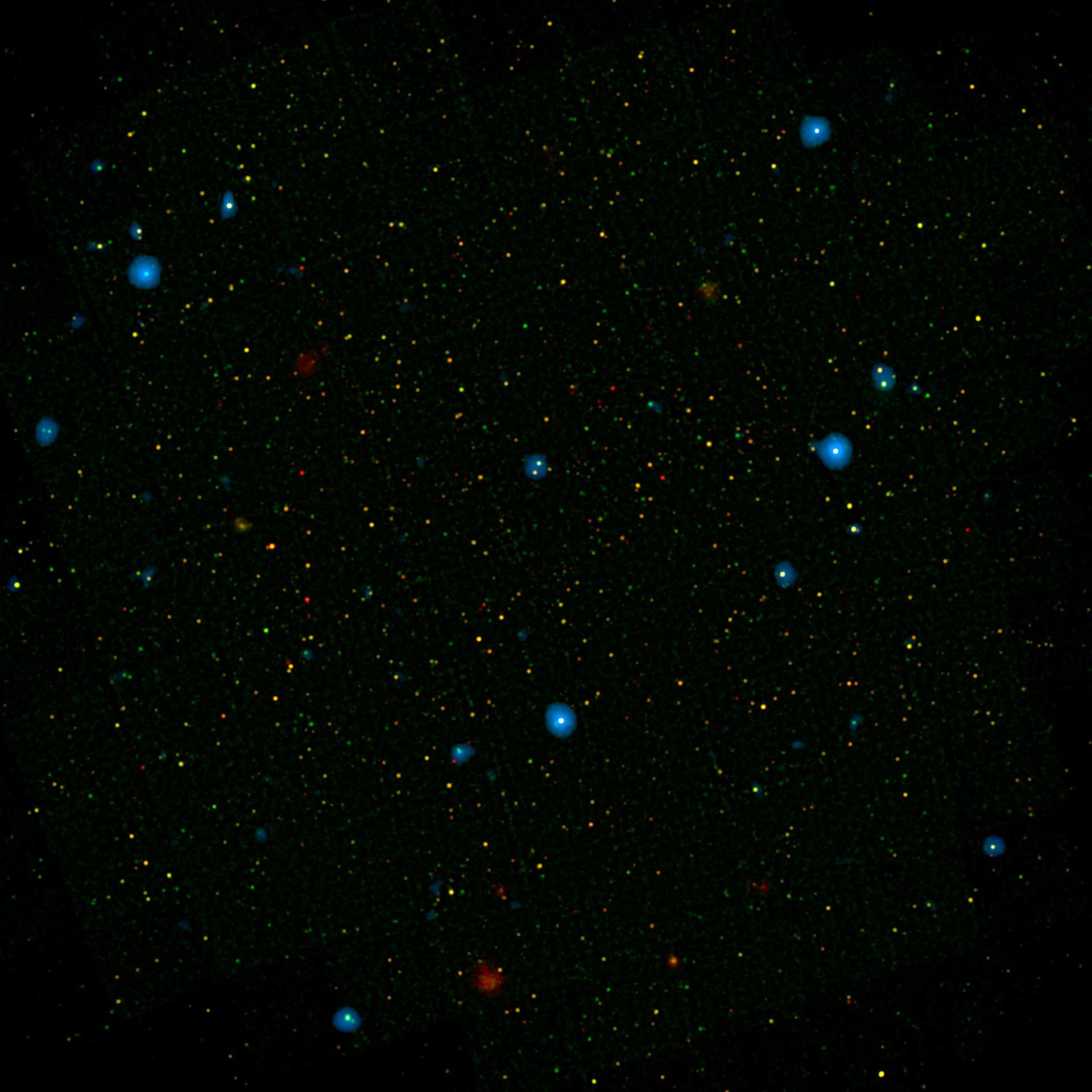In the endless expanse of space, where stars and galaxies shine like distant beacons, a profound mystery grips the minds of astronomers and physicists alike. This enigma, known as dark matter, represents an invisible force that shapes the cosmos on a grand scale, yet eludes our direct detection, sparking a cosmic quest to unravel its secrets.

The Veil of Invisible Matter
Imagine a cosmic ballet where galaxies whirl and dance to the tune of an unseen force. This force is dark matter, an enigmatic substance that exerts gravitational pull on ordinary matter like stars and galaxies but remains entirely invisible to the eye and virtually undetectable using traditional means.
Despite its elusive nature, the influence of dark matter is undeniable. The rotation of galaxies, the formation of galaxy clusters, and even the overall structure of the universe are all governed by its gravitational effects. Yet, the question of what dark matter is made of continues to baffle scientists.
The Clues We Have
Although we cannot directly observe dark matter, scientists have pieced together indirect evidence of its existence. One of the key pieces of evidence comes from the study of galaxies' rotational velocities. The speed at which stars orbit the center of galaxies defies the laws of classical physics, indicating the presence of unseen mass—dark matter—that provides the gravitational glue holding galaxies together.
Additionally, observations of the cosmic microwave background radiation, the afterglow of the Big Bang, offer insights into the distribution of matter in the early universe. These observations align with the predictions of dark matter's influence on cosmic structures.
Searching for the Invisible
Efforts to directly detect dark matter have led to fascinating experiments deep underground, where ultra-sensitive detectors await a rare interaction between dark matter particles and ordinary matter. These experiments, such as the Large Underground Xenon (LUX) and XENONnT projects, aim to capture the subtle signals of dark matter interactions, providing a glimpse into its mysterious composition.
Particle accelerators, like the Large Hadron Collider (LHC), are also contributing to the search for dark matter. By smashing particles at high speeds, scientists hope to create conditions that might produce or interact with dark matter particles, shedding light on their properties.
The Cosmic Conundrum
While our understanding of the universe has grown immensely, the nature of dark matter remains a persistent enigma. The leading theories propose that dark matter could consist of particles that interact only weakly with ordinary matter, making them incredibly difficult to detect. Candidates include WIMPs (Weakly Interacting Massive Particles) and axions, hypothetical particles that could account for the elusive substance.
As research advances and technology evolves, the quest to unveil the true nature of dark matter continues. The intrigue surrounding this invisible cosmic force reminds us that the universe is a tapestry of mysteries waiting to be unraveled.
Unveiling the Cosmos' Hidden Face
Dark matter's elusive nature challenges our understanding of the universe's fabric. As scientists push the boundaries of technology and theoretical exploration, they inch closer to solving this cosmic puzzle. One thing is certain: the journey to unveil the universe's invisible force is a testament to human curiosity and the unending quest for knowledge in the vast realm of space.
Stay tuned for more updates on this captivating journey into the heart of cosmic mysteries.